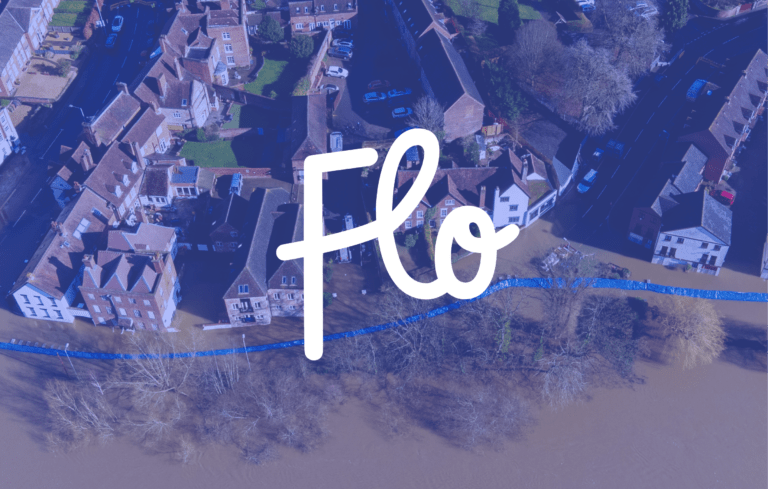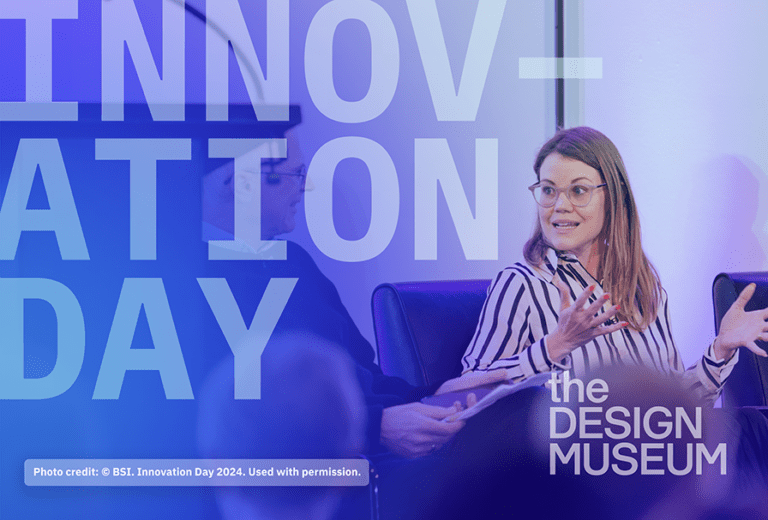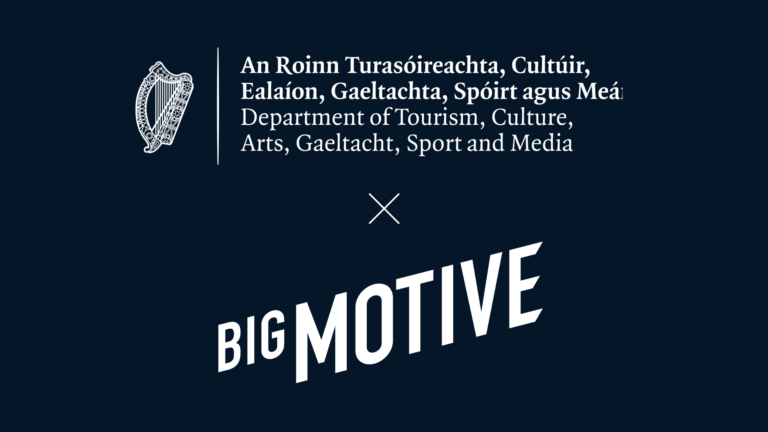
How Brand Identity Design Can Support Digital Sustainability
As the global conversation around climate and sustainability continues, the creative and digital industries are realising that our work is not only a vehicle to communicate the science, passion and calls-to-action of sustainability initiatives, but also that its execution can be more climate-conscious. User experience design, code development and even the visual elements of a brand identity can be crafted in sustainable ways.
Yet there aren’t currently many notable examples of climate-conscious brand identity designs – required for more-sustainable websites, apps and digital services. Which might suggest the industry requires significant shifts in mindset and process. And there isn’t currently any legislation around the sustainability of digital products. But even if there was, how effective and enforcable would it prove?
Because there’s another modern requirement that, for years, has had extensive legislation and guidelines in place: digital accessibility. Which traditional brand identity design often doesn’t support.
By now, branding should be accessible-first
Many examples of brand identity design still show a print-first mentality. Rigid rules that govern aesthetics, but don’t consider digital accessibility. Impeding our ability to plan for visual accessibility basics.
Those colours look gorgeous, but have any sufficiently-contrastive combinations been tested and documented? Do we know if the key brand colours work with common text colours – like white and black – in an accessible way?
Considering the ubiquitous use of smartphones, shouldn’t brand identity be crafted digital-first and mobile-first? Given the legal requirements, business value and ethical benefits, shouldn’t a brand be accessible-first? Unfortunately, this isn’t common practice.
Why digital sustainability matters
Climate-conscious design and technology is a growing concern for organisations offering digital experiences.
In 2018 it was estimated that, by 2025, communications tech will be the 4th largest source of carbon emissions in the world. Behind only those of entire countries – China, India and the USA .
Computers, screens, smartphones, etc. all consume energy. More energy is consumed depending on the websites, apps, digital services — and increasingly AI – used. And the servers and data centres that power these can require a lot of energy and a lot of fresh water.
Digital conveniences demand a lot of resources of the planet.
We previously took comfort in our focus on digital — not physical — products. We’ve been able to make quick, incremental changes to our work. We’ve enjoyed the efficiency and cost-effectiveness of the digital production process. And every few years we can (metaphorically) rip things up and start again – with little waste.
But we’re learning this also comes at a cost. Pixels aren’t as cheap as we thought. And digital waste is bad for the environment.
What can we do?
There are hopeful examples from the pockets of our industry preparing for more sustainable, and climate-conscious, approaches.
Like this tool for calculating the carbon footprint of your website.
Or these comprehensive guidelines for sustainable web design and development.
And organisations can embark on general carbon reduction plans. We’re working with local carbon reduction specialists, Carbon Fit.
The good news is that there is overlap between accessibility and sustainability thinking. Simply put, accessible digital products are also more sustainable.
What does a sustainable brand identity involve?
Brand identity design must adapt to support both accessibility and sustainability.
By emphasising synergy between these two values, digital products and services can address two universal key stakeholders: the people and the planet. We can create accessible, visually-appealing brands whilst reducing environmental impact.
The rebrand of the UK Design Council is a great example of branding with sustainability baked-in. The designers were able to tweak their brand ingredients for a more climate-conscious approach. Without sacrificing design quality.
Sustainable-first branding in user experience and development
Sharing a similar ethos, part of our process involves testing and preparing brand identities for accessible use.
And we’re collating a handful of principles to empower us to prepare sustainable-first brands for digital user interfaces. For example:
1 – A sustainable brand is ready for dark mode
For many years, a white background has been the default for many web and app experiences. But bright colours — especially white — are the most energy-demanding colours on modern screens.
‘Dark modes’ are becoming commonplace. A brand colour palette can be prepared to adjust to both traditional light environments and dark environments – aligning with users’ app or device preferences.
Even better, a brand can be designed to use dark, energy-efficient colour schemes almost-exclusively. Colour combinations that work against white, or bright colours, as the exception to the rule – perhaps only needed for certain printing requirements.
2 – A sustainable brand has minimal reliance on photography
Photographs can bring an organisation or theme to life. But they are energy-demanding.
Instead, vector (e.g. ‘SVG’) illustrations, icons, shapes or patterns can add interest, texture and decoration to a digital experience. Whilst requiring less bandwidth and energy.
Besides, with the increasing use of AI-generated imagery, photos may no longer provide the bespoke, personal touch they once did.
3 – A sustainable brand limits different typefaces and weights
The modern web is capable of an almost-infinite array of font styles and combinations. These too can come at a cost.
Use of multiple different font styles — and corresponding weights and formats — can add up to relatively ‘heavy’ websites for users to download.
Some argue that using ‘variable’ fonts is more efficient. A single file covers regular, bold, italic, etc. styles. Once loaded, variable fonts can adapt to the same variety of formats.
More prophetic than originally realised, esteemed design Massimo Vignelli once said:
“In the new computer age, the proliferation of typefaces and type manipulations represents a new level of visual pollution threatening our culture. Out of thousands of typefaces, all we need are a few basic ones and trash the rest.”
4 – A sustainable brand can engage without superfluous movement
Animations and motion effects add visual appeal but require more processing power. Keeping motion minimal ensures a faster, more sustainable digital experience.
For interaction-heavy digital experiences, subtle animations can aid user experience. Reinforcing an action or process.
But, for many websites, exaggerated motion is used really just to attract attention and show-off. At a cost to performance and energy.
The reality of unsustainable design
The hard truth is that 90% of all websites are inaccessible.
How many websites, apps and digital services are also currently unsustainable?
Designers know that limitations breed creativity. So, long-term, brand identity design can benefit from the limitations imposed by accessibility and sustainability guidelines.
A more mindful approach to branding can lead to more innovative and responsible digital products.


